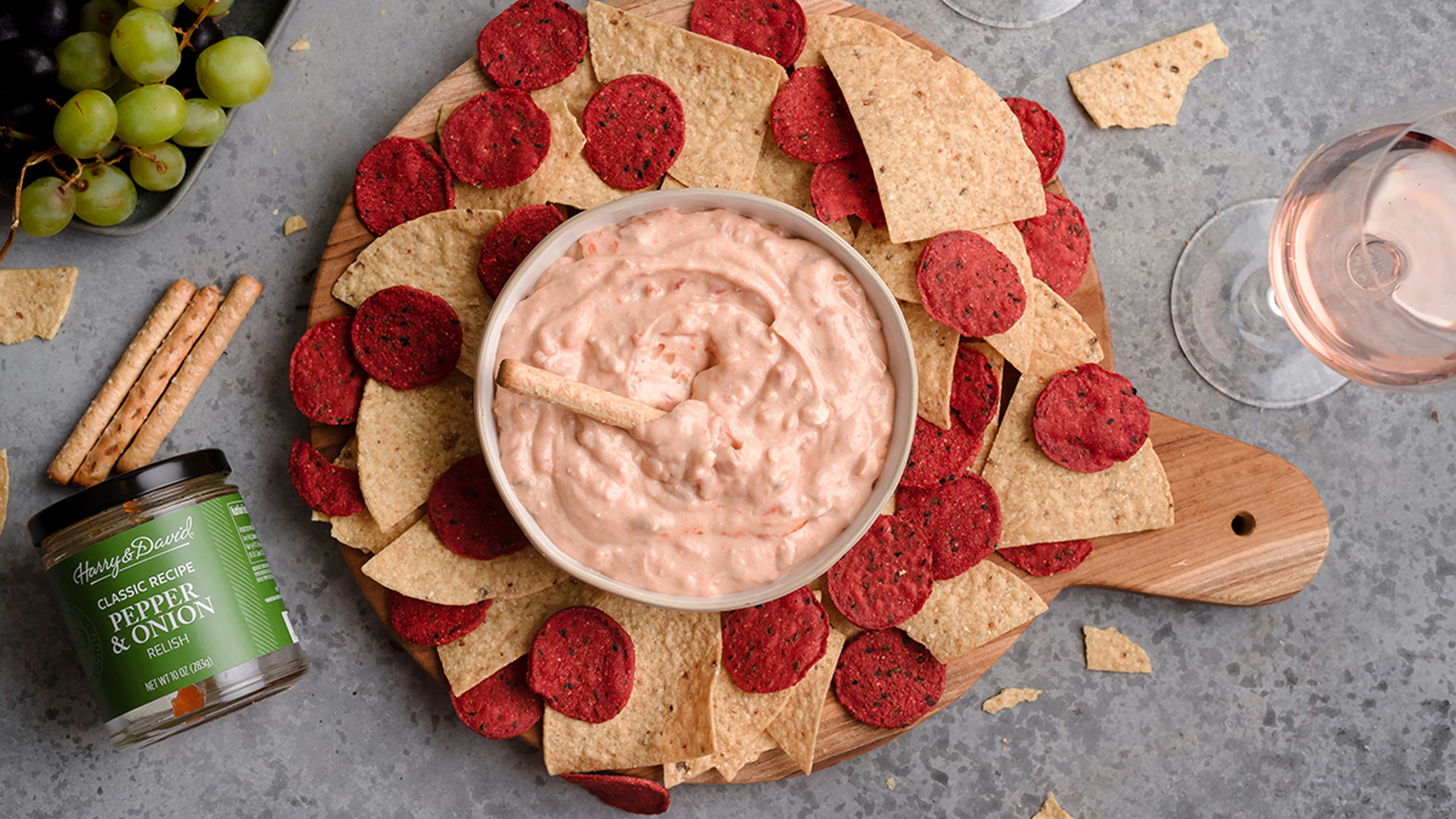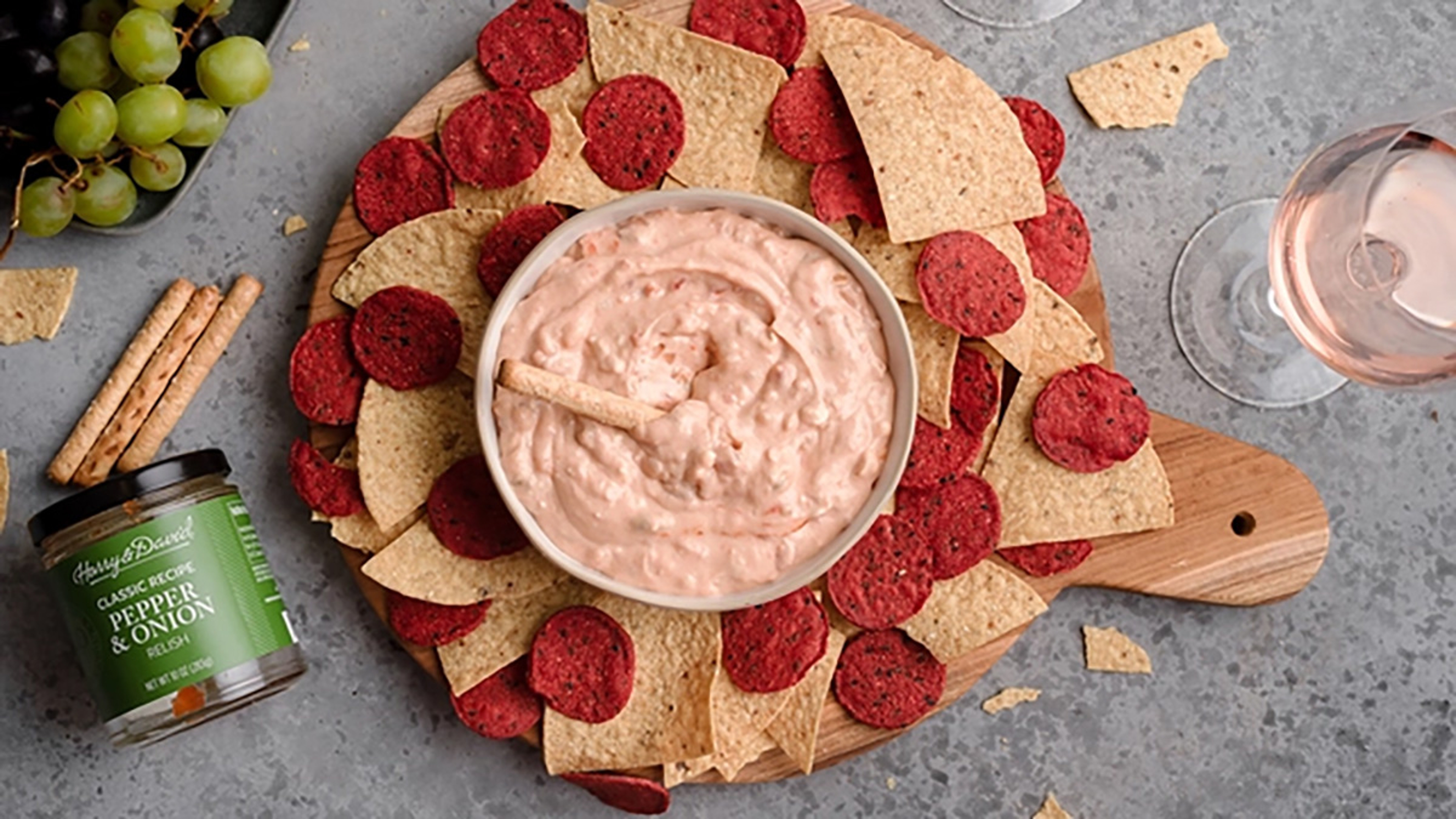The Twisted History of the Pretzel
Sure, they may make you thirsty, but don't let that stop you from chowing down on these über-popular salty snacks.
Jan 11, 2023
From their distinctive knotted shape to their one-of-a-kind salty, savory taste, there's nothing quite like the amazing pretzel. Whether hard, soft, coated in yogurt or chocolate, or dipped in spicy mustard or warm cheese, pretzels may truly be the world's most perfect snack.
And, as luck would have it, they're one of the most richly interesting and historic foods around as well.
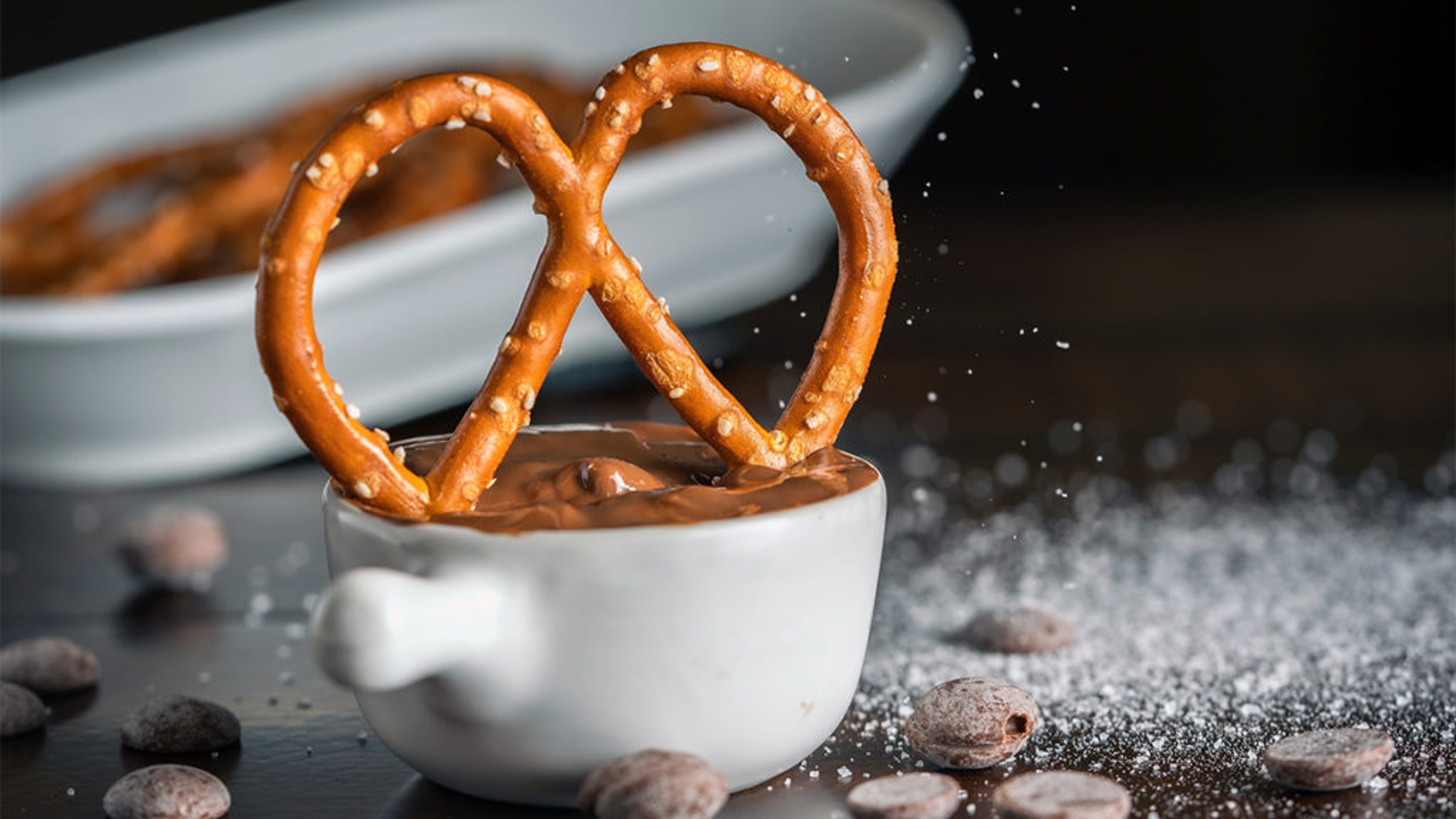
Pretzels have a twisty backstory
While no one knows exactly when the first baker decided to mix water, flour, and salt to create the first pretzel, we do know it happened a long time ago. The New York Times (subscription required) reported that a fifth-century manuscript found in the Vatican includes what could be the first-ever description of the salty snack. (No word on whether the pope was one of the original taste-testers.)
More commonly, food historians believe pretzel baking began around 610 A.D. Ann Benzel is president of Altoona, Pennsylvania-based Benzel's Bretzel Bakery, which has been in business for more than a century. As she describes the legend, “A monk in Italy is believed to have been toying around with leftover dough from bread baking and twisted it to resemble the crossed arms over the breast of a person in prayer.
“This was a familiar form of praying in those days," she added, “and the pretzels he began regularly baking in that shape became popular treats or incentives for children to say their prayers."
Some say the treats were called “bracellae" — Latin for “little arms" — a term that became the foundation for the German word for pretzels, “brezel." Other language experts say these early pretzels were dubbed “pretiolas," meaning “little rewards," for the lucky children to whom they were commonly handed out.
They're packed with symbolism
Because they were inexpensive to make and kept easily, pretzels were often distributed to the poor. They came to be seen as a symbol of good luck, prosperity, and spiritual fulfillment.
The three holes in the traditional pretzel shape have also taken on religious meaning over the years. These are sometimes seen as being representative of the Holy Trinity: the Father, the Son, and the Holy Spirit.
By the 16th century, children commonly hung pretzels around their neck on special occasions, and people adorned Christmas trees with the treats as decoration. German parents even hid tiny pretzels on Easter, an early version of modern Easter egg hunts.
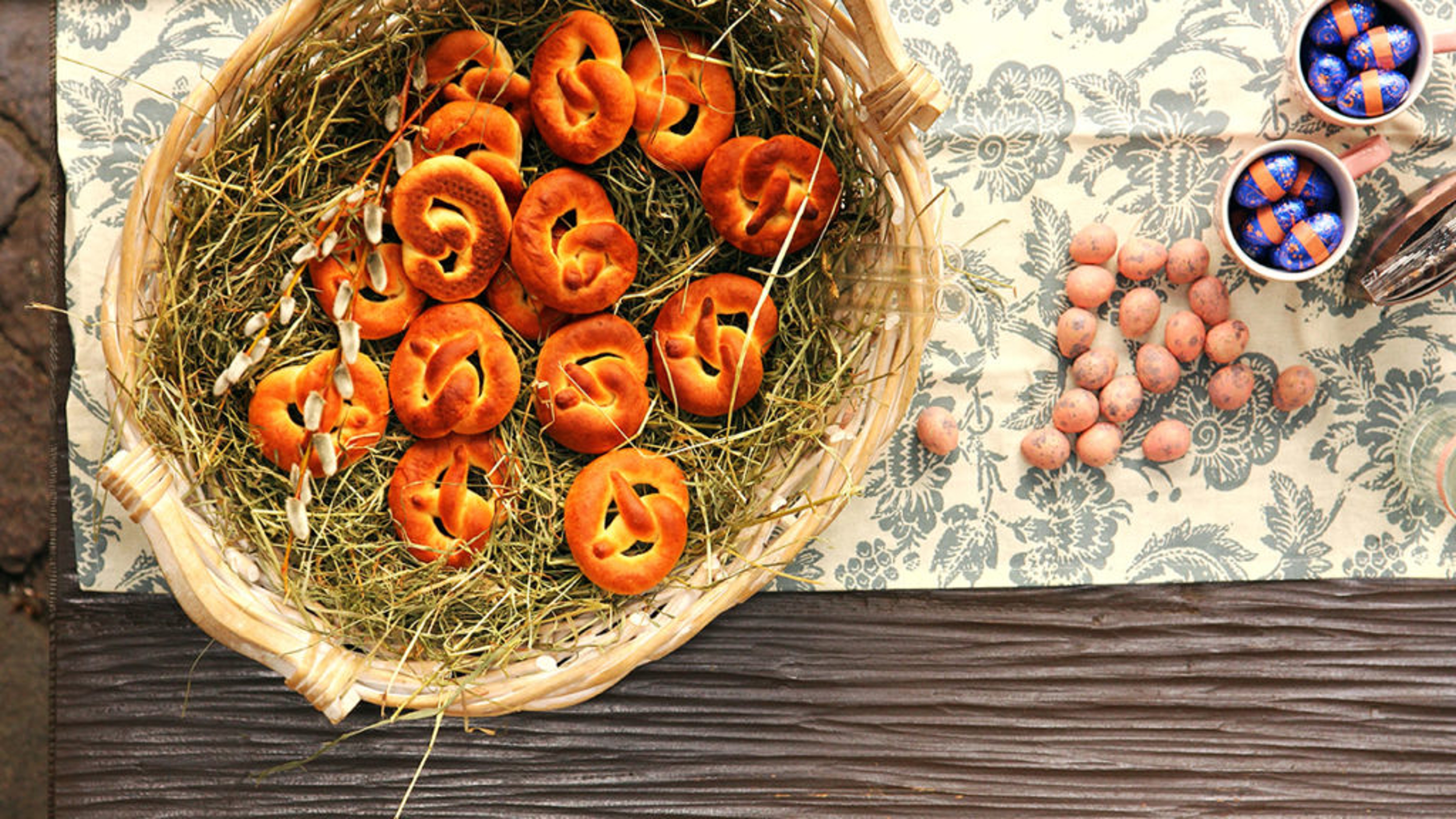
In the 17th century, the pretzel's interlocking loops also came to symbolize undying love. Some couples even grasped the ends of the pretzel and unraveled it during wedding ceremonies — one possible origin of the phrase “tying the knot."
Pretzels once stopped a war
In one particularly volatile footnote in the history of the pretzel, the salty snack once stopped Ottoman Turks from invading Vienna all the way back in 1510. As Philadelphia magazine tell us, the Turks had plotted a dastardly invasion of the Austrian capital, which they intended to accomplish by digging tunnels underneath the city's walls. Their plans were foiled, however, by a group of monks who were up late baking pretzels in the basement of their monastery and heard the advancing enemy army.
The monks quickly alerted city officials, who were then able to counter the assault and stop the attempted invasion.
As a result of the monks' bravery, the Austrian emperor awarded them their own coat of arms: two angry-looking lions holding a pretzel. This lasting symbol is still seen across Europe today, with many bakeries displaying it above their doors as a sign of pride and honor in their craft.
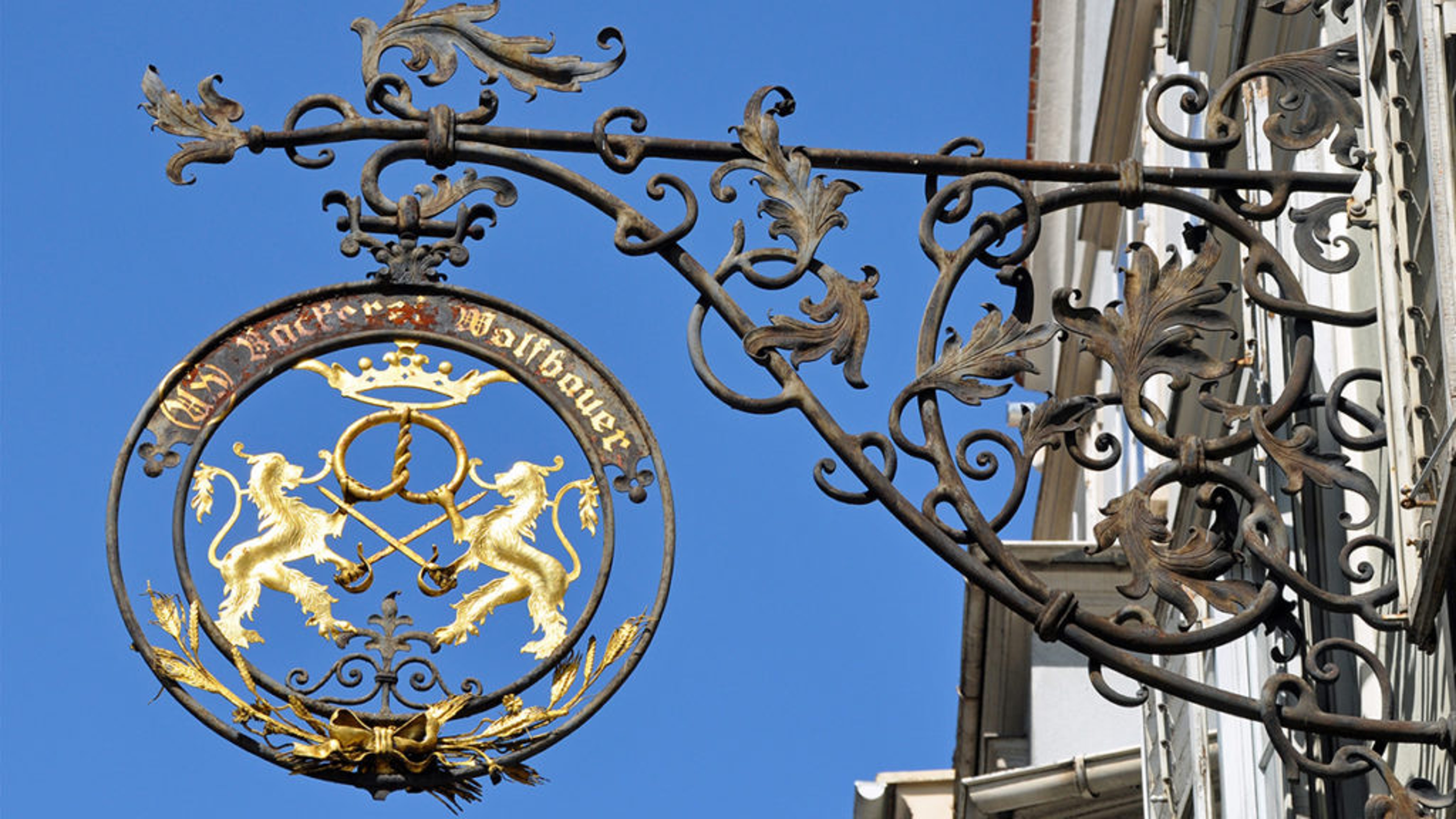
Hard pretzels are a distinctly American invention
The Pilgrims are notable for bringing beer with them on the Mayflower. But they also brought pretzels — the perfect snack to go with their favorite brew.
From there, pretzels became a common form of currency and trade for colonists meeting the country's indigenous populations. As an increasing number of German immigrants moved to the United States and began settling in the area now known as Pennsylvania, pretzels also took on a distinctly American flavor.
In 1861, a 26-year-old baker named Julius Sturgis founded the country's first commercial pretzel bakery in the tiny town of Lititz, located in Lancaster County, Pennsylvania. Sturgis is also regarded as the first person to purposely create the true hard pretzels that we know today.
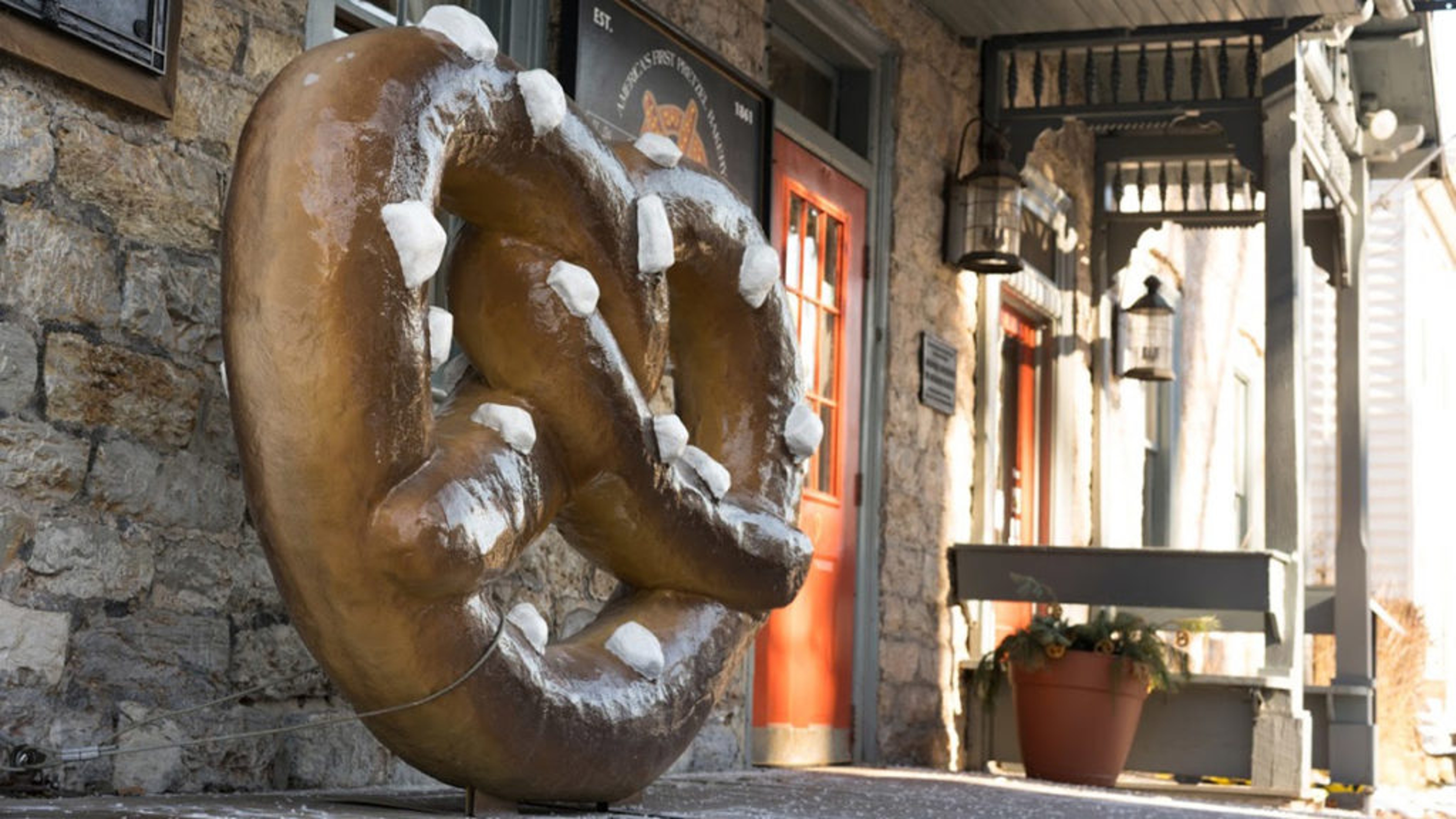
The decision made good business sense. His crispy salted snacks could be stored in airtight containers, where they kept remarkably well. This allowed the pretzels to stay on store shelves longer and dramatically increased the region in which they could be sold.
It paid off. Today, an estimated 80% of all pretzels made and sold in the U.S. come from the Keystone State.
An abundance of delights
Whether you prefer your pretzels in nugget, rod, or classic twist form, there's a virtually endless bounty of pretzels out there to try. Cheryl's Signature Artisanal Soft Pretzels and Honey Wheat Pretzels and Dips are perfect for traditionalists who believe every pretzel deserves a good accompaniment. For those who like their pretzels filled with peanut butter or coated with yogurt, peppermint, chocolate, butter toffee, or a little bit of everything, pretzels provide the perfect combination of salty and sweet that so many of us crave. And it goes without saying that pretzels and cookies make a dynamite combo.
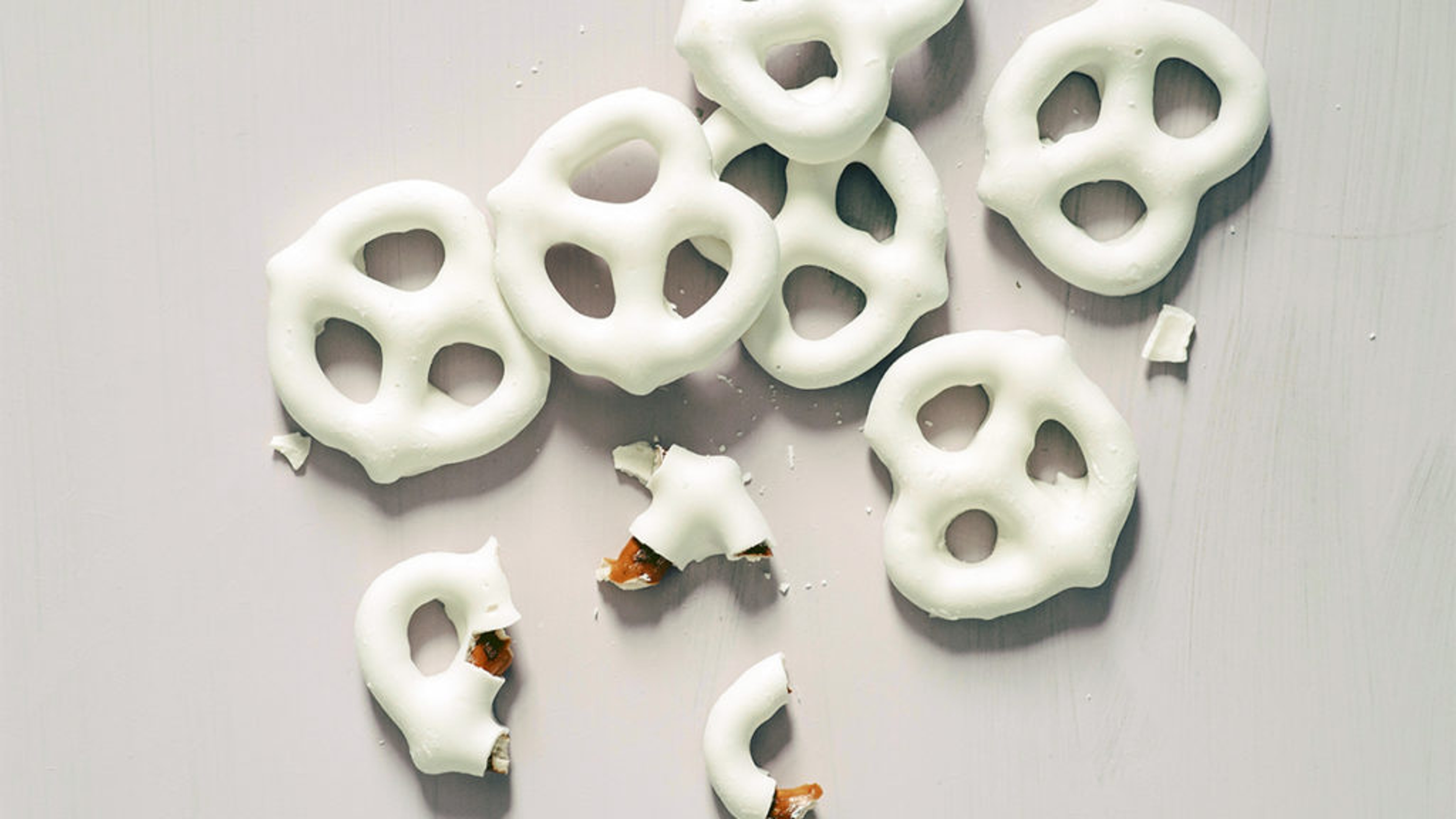
Pretzels are also the perfect addition to other foods.
In Germany, a popular mid-morning snack consists of a soft pretzel accompanied by a white pork and veal sausage, sweet mustard, and a cold glass of wheat beer. Bavarians also use the thick belly of a pretzel as a sandwich pocket, filling it with smoked salmon, ham, or cheese and topping it with their spicy or savory cheese of choice.
“Pretzels have, indeed, found a home in many products and many recipes," Benzel says. “I frequently grind them and utilize them in pie crusts, for breading (chicken, poultry, crab cakes), in meatloaf, and my all-time favorite: a filling for our Thanksgiving turkey."
The world's most popular snack?
According to Benzel, the pretzel industry in America today is valued at $1.3 billion a year.
“This equates to approximately 486.6 billion pretzels sold annually," she says. Research shows the average American consumes an estimated two pounds of pretzels annually.
But the City of Brotherly Love goes above and beyond in its love of pretzels. The average citizen in Pennsylvania's largest city wolfs down a remarkable 12 pounds of pretzels per year!
As Kramer famously repeated on that classic episode of Seinfeld...that's enough pretzels to make anyone thirsty.
.svg?q=70&width=384&auto=webp)




